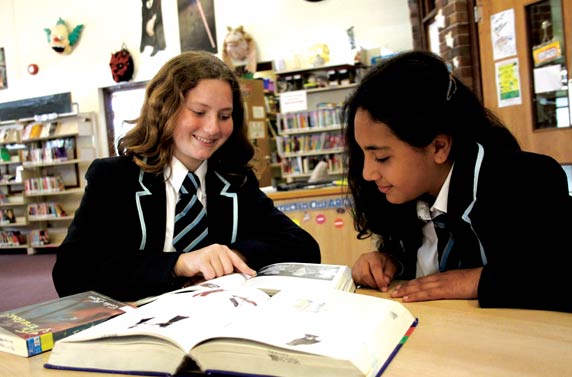
No pupils were sent to a school outside their catchment area unless they wanted a place there this year, the council says.
Although the percentage of pupils getting their first place school dropped slightly from 83.7 per cent to 81.4 per cent, this year did not see any children “displaced” by not getting into any catchment schools.
In previous years, the demand for places at Dorothy Stringer and Varndean schools has often outstripped supply, with scores of pupils over the last decade sent elsewhere despite the schools taking on bulge classes.
However, this year the catchments have caught.
A council spokesperson said: “More than 80 per cent of Brighton and Hove families applying for secondary school places for their children for September 2023 have been offered their first preference.
“The total number of applications is slightly lower this year at 2,557– compared with 2,568 last year.
“All parents who expressed a preference (either first, second or third) for their catchment area school or schools were offered a catchment area school – unless they were offered a higher preference instead.
“In cases where parents weren’t offered one of their preferences, this was either because they missed the applications deadline or didn’t put down their catchment area school or schools as preferences.
“They were offered places at the nearest school to their home address that had places available.”
The breakdown of first, second and third preferences is as follows:
|
2022 |
2023 |
|
|
First preferences offered |
2,150 (83.7%) |
2,081 (81.4%) |
|
Second preferences offered |
261 (10.16%) |
278 (10.9%) |
|
Third preferences offered |
64 (2.49%) |
71 (2.8%) |
|
No preference offered |
93 (3.62%) |
123 (4.8%) |








Pleateu growth could be an interesting statistic if combined with things like housing trends and the increasing average age in Brighton & Hove, it puts the city at risk regarding various aspects. I’m looking forward to reading the 2023 census data and seeing what the latest shows.